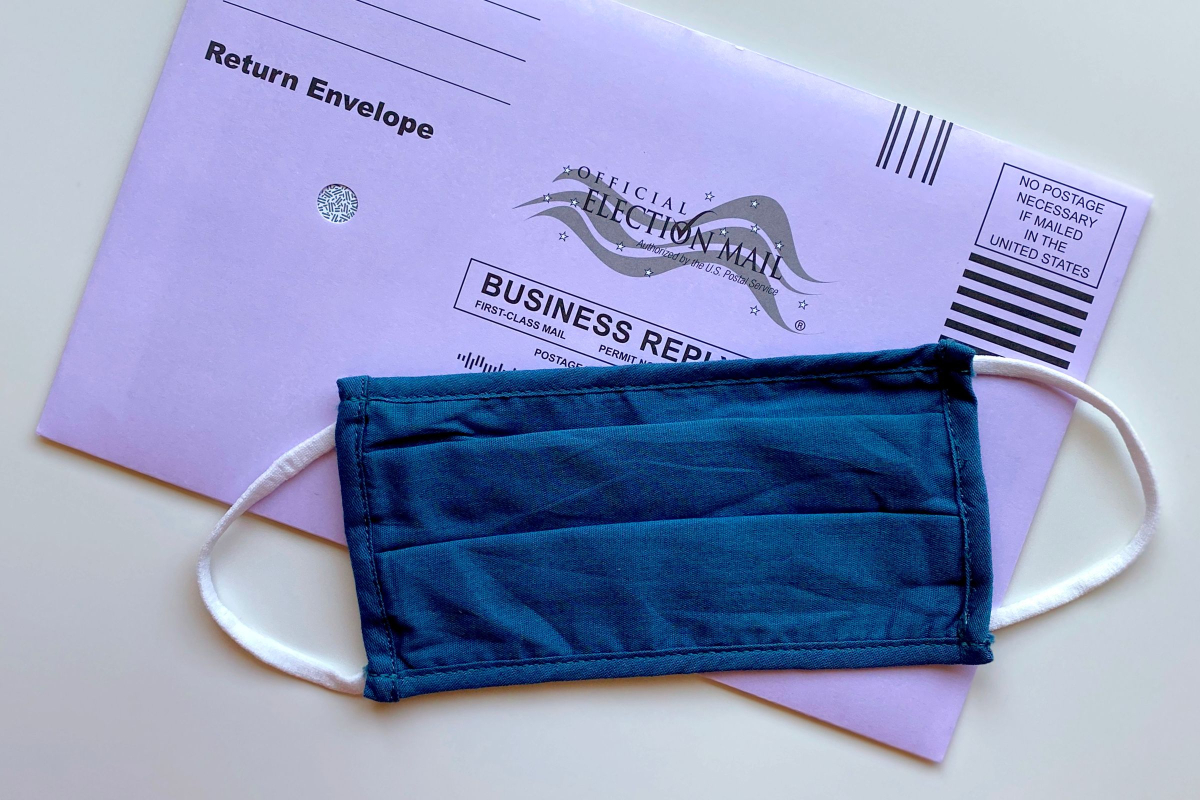Washington state lawmakers facing legal challenges over how they withhold public records will consider two bills that would make it more difficult to sue the government in such records disputes.
House Bill 1597 and companion Senate Bill 5571 propose a new process for obtaining public records that adds obstacles to requests and gives government officials more time to stonewall. The bipartisan-sponsored bills threaten to stifle the process the public uses to access government records, requiring requesters to sign a document stating they are not requesting the records for an improper purpose.
The bills define “improper purpose” to include behavior deemed harassing or frivolous. The proposed bills could force citizens to file civil suits to resolve public records disputes over what is considered an improper purpose, which could limit access to government documents.
These bills come as lawmakers face a challenge in Thurston County Superior Court over their handling of records under the Washington state Public Records Act. The lawsuit filed earlier this year claims lawmakers misuse “legislative privilege” as an excuse to withhold public records, including documents, text messages and emails. Such privilege typically is reserved for the release of sensitive documents that could adversely impact state business.
Rep. Amy Walen, a Bellevue Democrat co-sponsoring the House bill, told McClatchy that she believes taxpayers spend an “enormous” amount on public records lawsuits. In 2021, 133 court claims in Washington state cost agencies $7.2 million on litigation, she said. “I think the PRA is meant to be of benefit to people, not to have any sort of bad actors take advantage of the system.”
The Washington Coalition for Open Government counters that there are already tools in place for government officials to deal with “the serial litigant” who may harass agencies. Judges have the discretion to declare a records request frivolous and to impose fines against pro se requesters and their attorneys.
State legislators have made similar attempts before to change the state public records law. In 2018, lawmakers passed a bill to exclude the Legislature from state disclosure laws by a veto-proof margin, but Gov. Jay Inslee vetoed the measure after public backlash. Lawmakers did not attempt to override the veto.
.











